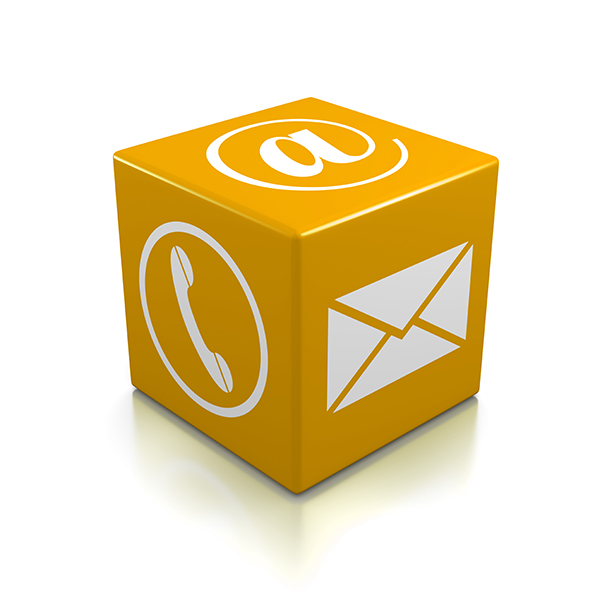 Evernote, as the name implies, is a note taking application that you can use on your computer, mobile and tablet devices. The power of Evernote is that it lets you take a note, picture, voice recording, or web snippet, save it, and then synchronize it across all your devices where you have Evernote installed.
Evernote, as the name implies, is a note taking application that you can use on your computer, mobile and tablet devices. The power of Evernote is that it lets you take a note, picture, voice recording, or web snippet, save it, and then synchronize it across all your devices where you have Evernote installed.
To get started with Evernote, you setup an account at their website, evernote.com. Then you download the client to your PC/Mac and the app to your iPhone, Android, BlackBerry, Windows Phone 7, or tablet device. After that you’re off and running. The interface is pretty self-explanatory, but they’ve also created a pretty useful “Getting Started” guide that will walk you through the process.
In addition to personal use, there are a number of ways it can be applied to real estate specific situations. Here’s a few ideas to get you started:
Client showings
Evernote is a great way to document the properties you are showing clients by taking notes, pictures and voice recordings of your and your clients’ thoughts. Then, during your next appointment with the client, you can remind them which properties they saw and which ones they liked so you can follow up and help them with their buying decision.
Showings by property
Evernote can be useful for listings, too. You can create a note that tracks all of the prospects and agents that have seen your listing. You can record their comments, what they liked or didn’t like, and provide that feedback to your seller without having to pull it from a bunch of scattered notes or from memory.
Listings presentations
Can’t remember what the living room looked like at your last listing presentation? Unsure about the layout of the kitchen? With Evernote, you could browse the house taking voice notes and pictures to help you remember key points both inside and outside the property in order to give your prospect a more complete market analysis and ideas for how they can improve the presentation and value of their home.
Keep notebooks by client
As you get more advanced, you could create notebooks for each client you are working with on the buying side. You could track properties that you’ve shown them, neighborhoods that they like and why, and items that are important to them. You can capture other items about the client like price range, kids’ names and upcoming events. This way, when they call you, you can retrieve your notebook of items and be reminded of everything you need to know to keep you up to date and in touch with your client.
Keep notebooks by property
If you’re handling listings, you could set up notebooks by property and then use the notebook to track items about the property and the client. You could keep track of open house dates and performance, marketing materials, showings and leads. Again, just like with your buying clients, having the property notebook always puts the key information right at your fingertips whether you are in or out of the office.
For even more ideas on how to use Evernote, check out this article on the Evernote blog by Krisstina Wise, broker/owner of the Good Life Team in Austin, TX. Krisstina Wise is Evernote’s Real Estate Ambassador and talks about how she uses Evernote to organize not only her real estate activities but also other areas of her life.
(This post originally appeared on the miniListings blog, where you can get smartphone tips, learn about more useful apps, and discover miniListings – a mobile IDX property search application that can help you grow your business.)


